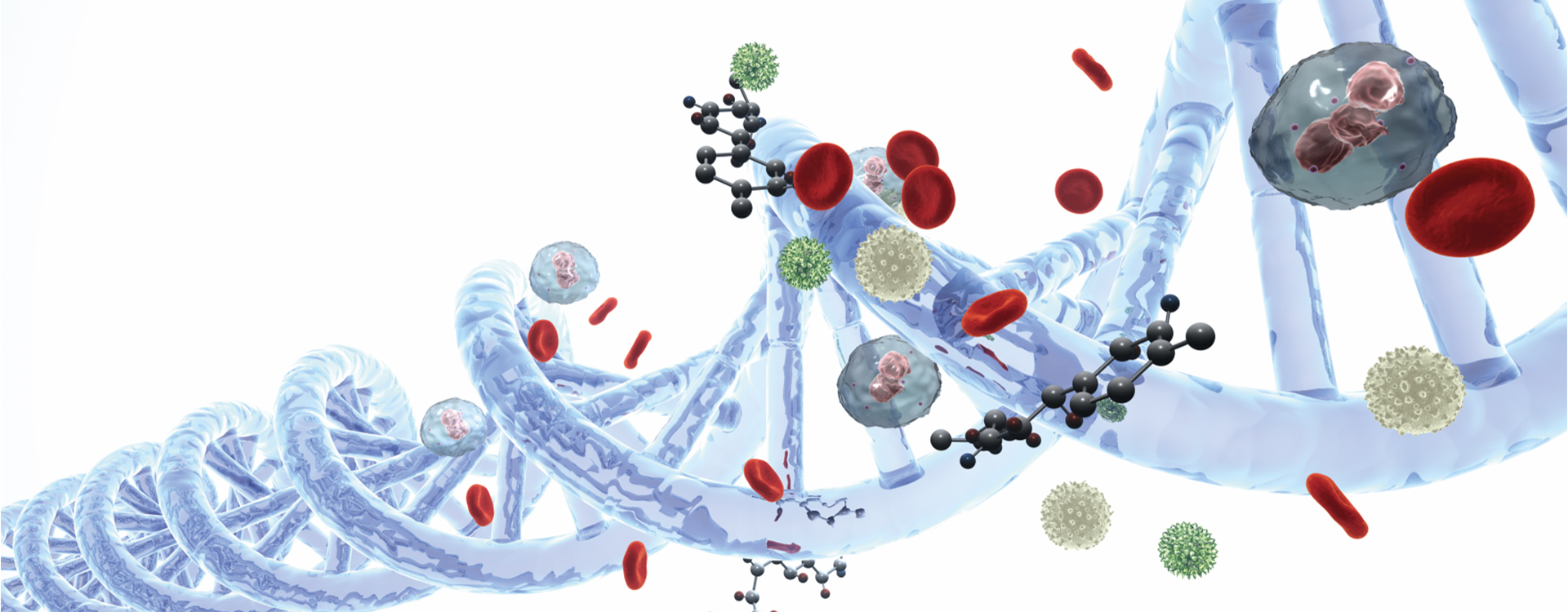Considerations when generating diagnostic samples for ccfDNA analysis
Stabilising ccfDNA – The importance of the pre-analytical treatment of samples
What are the most important considerations?
Room temperature stabilisation to prevent apoptosis and the release of genomic DNA
Apoptosis of white blood cells leads to the release of genomic DNA, which may cause unnecessary background during the detection of ccfDNA. Prevention of apoptosis is important to maximise the yield of ccfDNA from plasma.
Avoiding cross-linking stabilisation
DNA stabilisation by cross-linking renders it unsuitable for analysis and should be avoided.
Avoiding hemolysis
Hemolysis of red blood cells can result in the release of intracellular contents into the plasma, which can affect ccfDNA analysis.
Need of an effective workflow
An effective workflow from the blood draw to the analysis, encompassing effective pre-analytical stabilisation is an important requirement.
Stabilising ccfDNA – The PAXgene® Blood ccfDNA tube and purification kit
- Part of a streamlined system for collection of whole blood
- Uses a reagent that stabilises the concentration of ccfDNA in plasma, without impacting downstream assays
- Uses an additive that anticoagulates blood and and stabilises blood cells using a non-crosslinking solution to prevent apoptosis.
- Single tube solution for blood collection and analysis.




